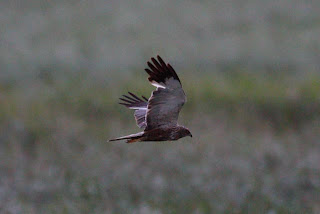Greenshank (tringa nebularia)
A medium- large wader with a slightly upturned bill.Grey above and white below. Feeds by probing into wet mud, pecking at the surface or sweeps bill from side to side. Breeds in sub Arctic but can be found in none breeding season on lakes, estuaries and coastal marshes. Feeds on beetles, worms, snail, small fish, amphibians, shrimps, crabs and ragworms.
Back at the camp sight I took this picture and have called it "beauty and the beast".
I hope you can see why.
Flowers at Minsmere.
Poppies (papaver rhoeas)
One of my favourite flowers. A tall upright plant with solitary flowers that only last a day.However each plant may produce 400 flowers in a summer. Another name is the corn rose due to its appearance in corn fields. the Roman goddess Ceres was depicted wearing a wreath of poppies. And of course the common poppy grew on Flanders Field after the battles of the First World war and so became the symbol of Remembrance Day.
Corncockle (agrostemma githago)
Rare to find in farmland due to new farming practises. The five broadly overlapping petals are deep pink. the leaves are hairy and very long.
Foxglove (digitalis purpurea)
Foxglove may have got its name from a series of corruptions of old words. The Anglo-Saxon 'gliew' a small bell, and fox could be a corruption of folk's meaning little folk or fairies. In some parts of the British Isles it is called 'fairy bells'. They are a statuesque plant that can bear up to 80 flowers on a single stem. They are very poisonous as it yields the drug digitalis which in small doses is used in the treatment of heart complaints.

















































